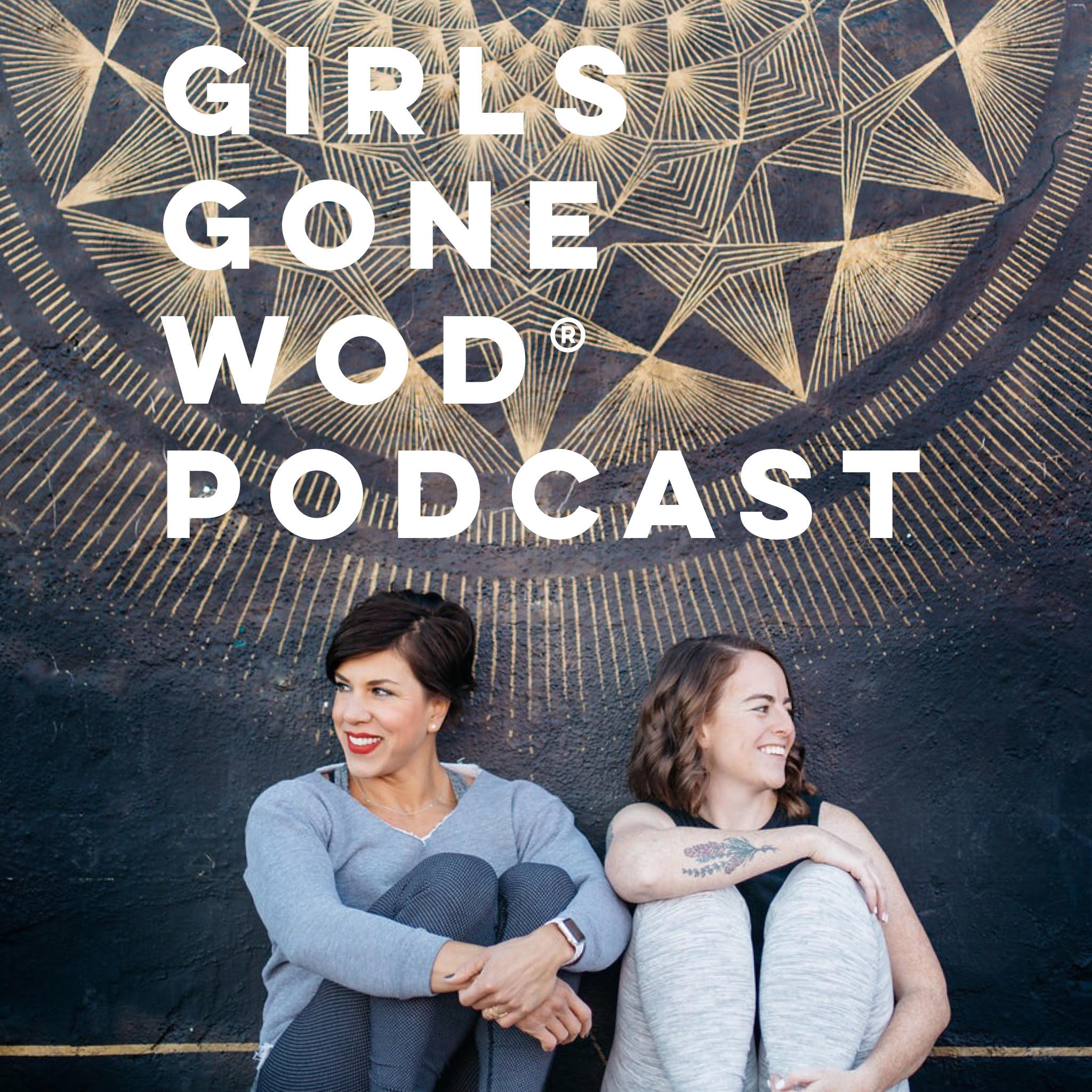It seems that Joy’s GGW Instagram post has generated some questions about Crossover Symmetry and its role in shoulder rehabilitation. Athletes that participate in overhead sports place a lot of wear and tear on their shoulders. The musculature that supports the shoulder is very important in maintaining proper shoulder alignment and function. Those muscles consist of both prime movers and stabilizers. Primer movers are the larger muscles that perform the specific action like lifting a bar over your head. Stabilizers, like the rotator cuff, are the muscles you need to stabilize the ball in the joint. When an athlete lacks strength in their stabilizers this can lead to extra movement inside the shoulder joint causing tissue irritation and pain.
Crossover Symmetry focuses on balancing the muscles of the shoulder by strengthening both the rotator cuff and scapular stabilizers (muscles around the shoulder blade). It also teaches the athlete to control the movements of the shoulder blade to avoid extra movements that can cause shoulder injuries, like the shoulder blade riding up towards the ear or popping off the athlete’s rib cage. Crossover Symmetry reinforces the development of a posterior setting of the shoulder, like tucking your shoulder blades into your back pocket. This is the optimal position for the shoulder when performing overhead activity. Try this: slouch your upper back and let your shoulders round. Now try to lift your arms overhead. How’d that go? Now change it up. Sit up tall, lift your chest and squeeze your shoulder blades down and back. Now reach overhead. Better, right?
As a physical therapist the thing I like most about Crossover Symmetry is that it gives my patients a very streamlined program to address all of the important muscles of the shoulder. Running through a routine probably takes about 10 minutes. That helps my patients to be compliant with their exercises, which will help get them better faster. The patient can also keep Crossover Symmetry as part of their routine and prevent future injuries.
If you are interested in learning more or purchasing a set visit: http://www.crossoversymmetry.com/
You should probably watch this video too. It will just get you more pumped about it: https://www.youtube.com/watch?v=a237NRi8QsU
If you have more questions you can email me: Jen Anderson PT, DPT at jennifer.anderson.pt@gmail.com


